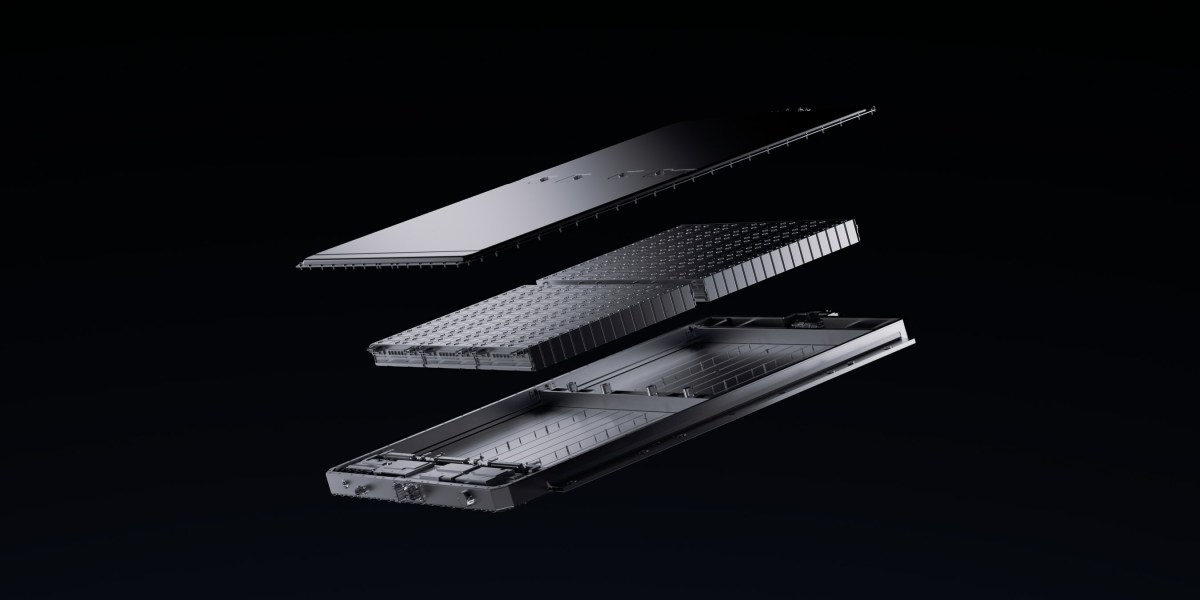To increase a battery’s total capacity, these anodes can be made with thicker layers of material, meaning there will be lots of space for ions to slot into. However, in batteries with thicker anodes, some of the storage space will be deep within the layers, so ions will have to travel farther to get there, slowing the charging process. To speed up charging, battery makers can slim down those layers, so ions don’t have to travel so far.
Materials innovations could help get around this trade-off. In CATL’s announcement about its fast-charging battery, the company mentions several changes to the anode, including modifications to the graphite’s surface and a multi-layer design to help shorten the path for ions and speed charging.
But it’s not just the anode—every part of the battery seems to be contributing faster charging speeds, says Kevin Shang, a senior research analyst at Wood Mackenzie, an energy consultancy. The company’s release also credits a new electrolyte (the liquid that ions move through in a battery) that improves conductivity, for example. With their new products, battery giants like CATL aren’t necessarily banking on any one innovation, but adding up a host of research and development efforts and combining them into one product, Shang says.
Yet questions remain about this battery and what it will mean for vehicles, Shang says. By saying that the batteries could be used in a vehicle with a range of 700 kilometers (430 miles), CATL’s announcement implies high energy density. But it’s not clear how large the vehicle and battery will need to be to deliver that kind of range.
In addition, a higher charging rate can generally mean a shorter lifetime and a higher price, Schroeder says. In response to a written question from MIT Technology Review about the lifetime of the new fast-charging batteries, CATL said: “Be it fast charging or not, the warranty on our products remain the same.” (The current warranty lasts for eight years or 800,000 kilometers, according to the website.) The company also said it had “improved the cost efficiency,” but didn’t provide details on what the battery would cost.
Ultimately, how quickly batteries can charge will be limited not only by their design, but by the charging infrastructure that’s available. While China has been leading the world in charger installations, many more electric-vehicle chargers will be needed to meet the rising demand. It’s also possible that new chargers would be required to reach the charging speeds that CATL’s new batteries can handle, presenting more challenges for infrastructure development.
Announcements from battery companies about progress are “always good news,” Shang says, “and we welcome it.” The question is whether companies can actually deliver on what’s promised.
Denial of responsibility! My Droll is an automatic aggregator of Global media. In each content, the hyperlink to the primary source is specified. All trademarks belong to their rightful owners, and all materials to their authors. For any complaint, please reach us at – [email protected]. We will take necessary action within 24 hours.


